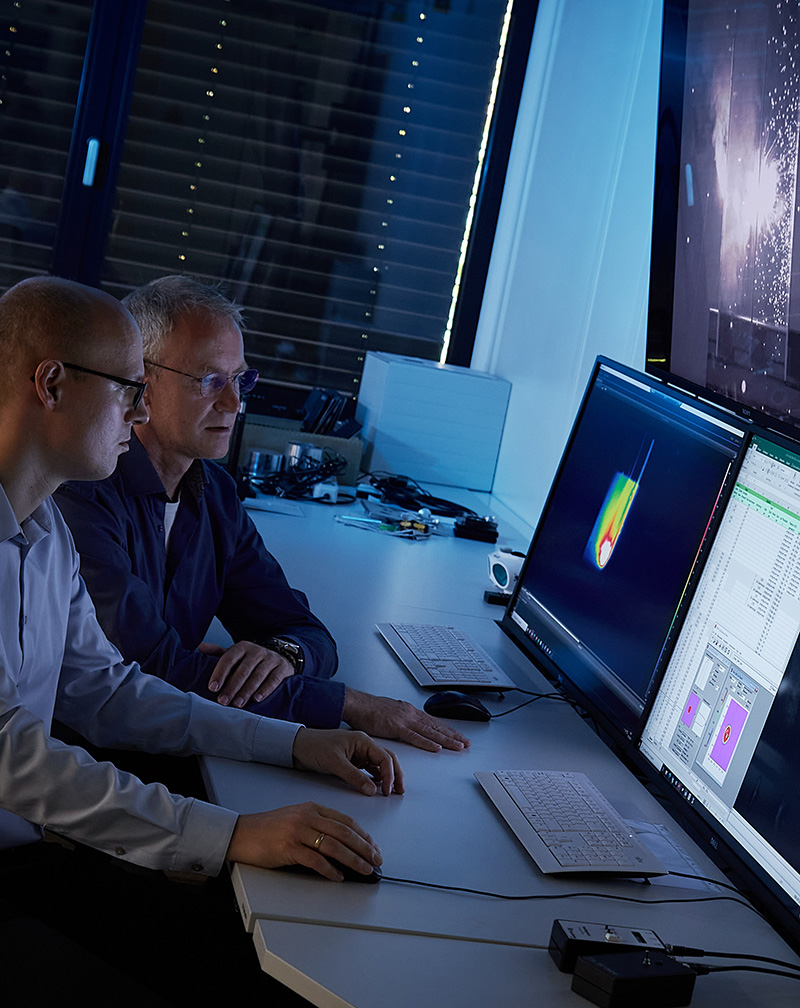Sustainability Center Freiburg
The Sustainability Center Freiburg is a cooperation between the University of Freiburg, Freiburg’s five Fraunhofer Institutes and the industry. It pools the partner institutes’ competences and connects expertise from different disciplines, advances the transfer of scientific developments into marketable and practice-oriented products and services and integrates the needs of society into the development of sustainable solutions at an early stage.
www.leistungszentrum-nachhaltigkeit.de/en/
Centre for Security and Society
The Centre for Security and Society is a cooperation formed by the members of five faculties of the University of Freiburg, the University IT Services and the Institute for Computer Science and Social Studies as well as the Max Planck Institute for Foreign and International Criminal Law, the University of Passau and Fraunhofer EMI. It is located at the University of Freiburg.
Cluster Electric Mobility South-West
As member of this leading-edge cluster, Fraunhofer EMI takes part in a project, among others, with the aim to develop innovative diagnosis and repair concepts for electric vehicles.
www.e-mobilbw.de/en/
Technology cluster microTEC Südwest
For the cluster members of microTEC Südwest, Fraunhofer EMI functions as research partner in developing MEMS systems and building-integrated sensor networks.
http://microtec-suedwest.de/en/


